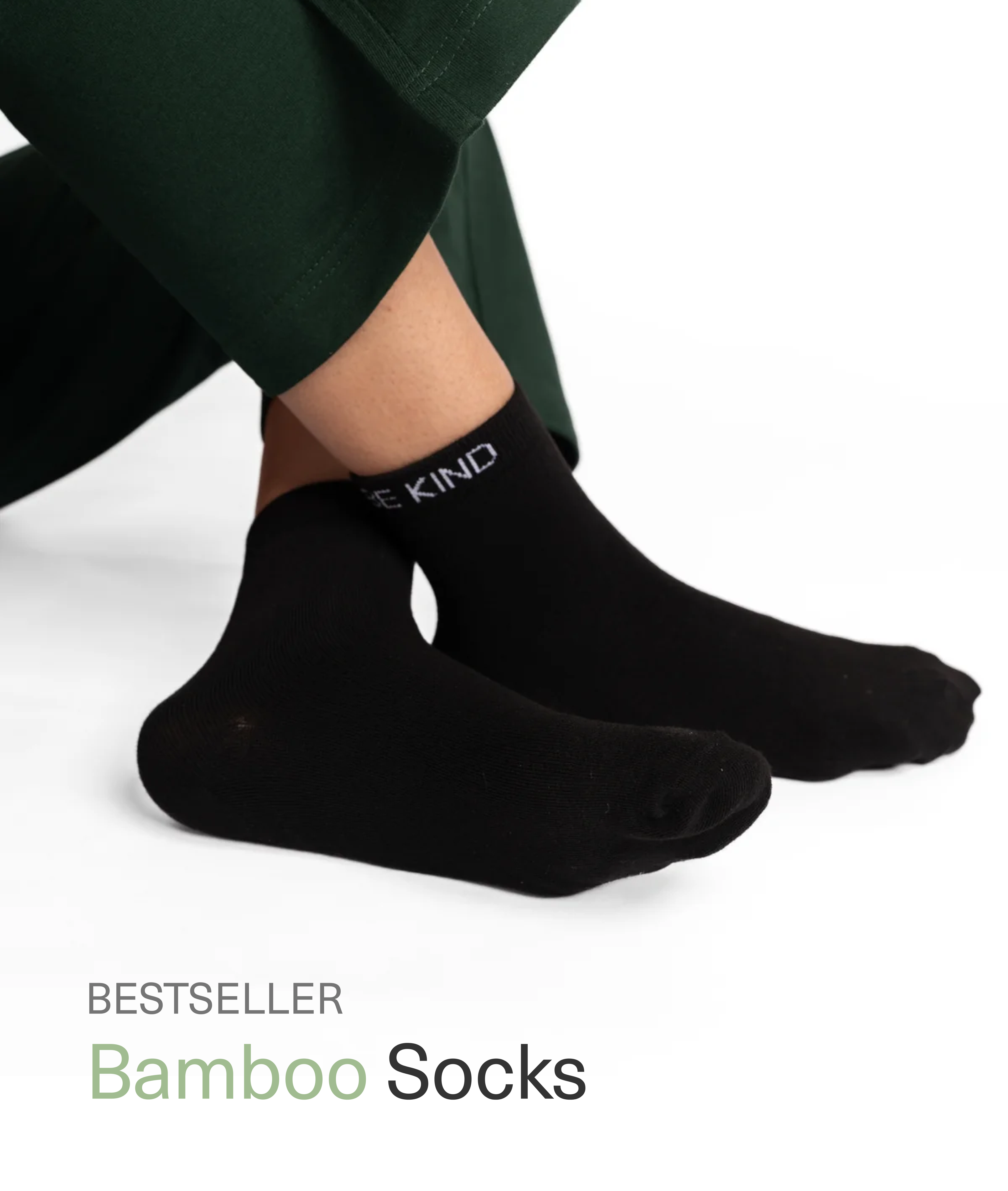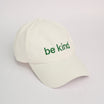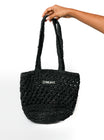
Have you ever got swayed into buying something because a brand told you that it was good for the environment?
We've all been there.
You have most probably also faced buzzwords like “eco-friendly”, “vegan”, and “cruelty-free” in the marketing communications of said brands. But have you ever noticed how they never bother explaining their implementation and practice of the same?
This corporate tactic followed by brands that are portraying themselves to be more sustainable and ethical than they actually are (if at all!), is called Greenwashing. It's when brands spend more resources on advertising themselves as eco-friendly rather than actually working on it.
The scope and practice of Greenwashing has shot up in the past decade due to the recent rise of environmentally-conscious businesses and ethically-made products. Unethical businesses are using it as a marketing strategy to stay relevant, or rather- trendy.
For you and I, falling prey to Greenwashing can often stem from not knowing what sustainability actually is. To know that people's eco-conscious intentions are taken advantage of doesn't sit well with us- so we decided to step in and help.
How to identify greenwashing?
To understand the term better, in 2007, Terra Choice Marketing came up with ‘The Six Sins of Greenwashing’. If you are able to spot a brand indulging in one of the above six sins, then you are being greenwashed.
Buzzwords
The most abundantly used tactic in greenwashing is to throw out vague buzzwords that indicate a product is eco-friendly but not how. A basic example is, a brand who claims that their clothes are ethically made but give no information about the materials or makers.
Over Focus
A smart way of greenwashing is to over highlight one sustainable measure or feature while covering up the other “dirty”, not-so-sustainable acts of the company.
Do we really care?
Irrelevant claims help no one. Brands will promote claims that are unrelated to sustainability, trying to prove that they've done a great job. Even though some might be true, they don’t really fit into this conversation and stray consumers away from important matters.
Lying
Sometimes brands don’t even make that extra effort to prove their claims and just outrightly lie, hoping to get away with fancy advertising and glossy words.
Where’s the proof?
Any brand that doesn’t back its claims with proof cannot be freed from the guilt of greenwashing. Unless there is 100% transparency, be it in the form of certifications or statistics, there is no getting around false claims.
Hidden Trade-Off
Borderline green. Claiming something to be eco-friendly because of one positive feature and disregarding the other environmental impacts of the same. For example, when tags say the clothing is made of 50% recycled materials and 50% polyester, it doesn’t change the fact that polyester is harmful, even if recycled materials may have been used.
How to avoid greenwashing?
Most times, consumers make wrong purchasing decisions unintentionally- it's because they are ill informed about the impact of the product they are consuming.
So is it at all possible to avoid being greenwashed in a world full of capitalism and corporate greed? While it may require more research efforts, it is not impossible. Here are some ways you can avoid greenwashing -
Don’t settle for what is shown to you, focus on what is not
In short, research. Always go beyond labels, glossy words, misleading pictures and look into what the brand is not telling you. Educate yourself on what the brands ethics are, what makes brands truly sustainable, are they implementing any SDGs in their business model or not, etc. It is important to go that extra mile in getting to know the brand first and how they work to avoid greenwashing.
Look for overall sustainability
Truly sustainable brands will incorporate sustainability in every level of their supply chain. If a brand is only showcasing their eco-friendly efforts but not their social responsibilities, they are unlikely to be sustainable.
One eco-friendly collection does not make a brand sustainable
A lot of brands will put out “eco-friendly” collections while the rest of their production is unsustainable. By making one conscious effort, one cannot cancel out the mass production, wastage, or mistreatment of workers. This is a big greenwashing sign, so make a mental note to stay away from these brands.
Certifications
If brands have claims of being green, then they should also have industry-standard certifications that back them up. These organizations usually make your work slightly easier, because they are likely to have already conducted a check and can guarantee the claims.
Communication
When you still don’t feel sure, follow your gut and write to the brand directly. You can email them or spam their social media, demanding a full ingredient/materials used list, or asking them who made the products (this is where you invoke your right to information). If they don’t respond or do so vaguely, then you have your answer.
Author:
Resources:
https://www.youtube.com/watch?v=mOpa8kd6fBI
https://www.youtube.com/watch?v=q_MZoL6qN44&t=166s
https://www.youtube.com/watch?v=isdTMuN4D-k
https://imperfectidealist.com/sustainable-or-greenwashing-fashion-brands/
https://www.tamgadesigns.com/blogs/tamga-blog/how-to-avoid-greenwashing-in-fashion
https://www.goingzerowaste.com/blog/how-to-tell-if-youre-being-greenwashed/



















Leave a comment
This site is protected by hCaptcha and the hCaptcha Privacy Policy and Terms of Service apply.